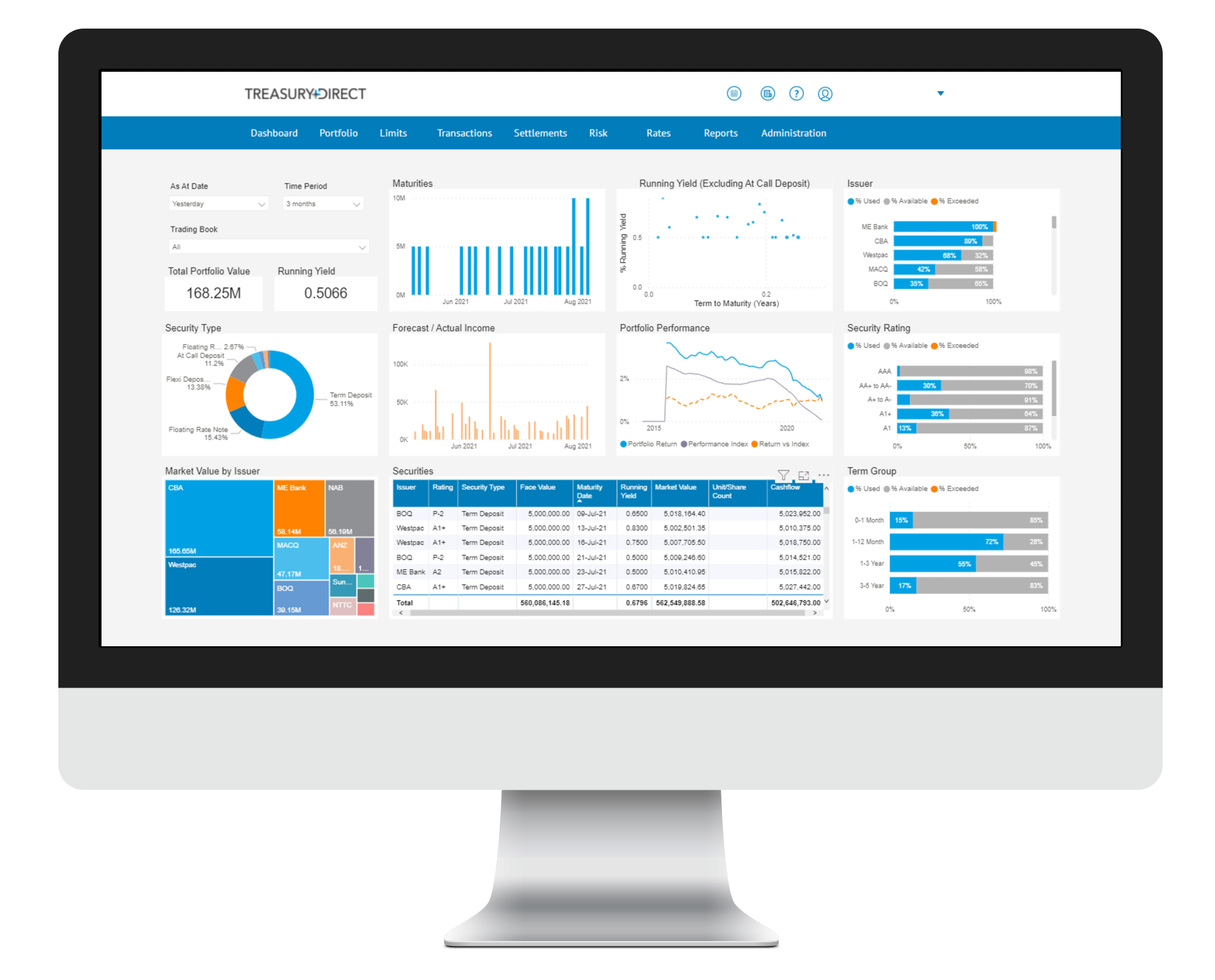Markets Overview
- ASX SPI 200 futures little changed at 8,521.00
- Dow Average up 1.0% to 43,819.27
- Aussie down 0.2% to 0.6536 per US$
- US 10-year yield rose 3.6bps to 4.2769%
- Australia 3-year bond yield rose 1.1 bps to 3.24%
- Australia 10-year bond yield rose 2.3 bps to 4.13%
- Gold spot down 1.6% to $3,274.33
- Brent futures little changed at $67.77/bbl
Economic Events
- 11:00: (AU) June Melbourne Institute Inflation, prior -0.4%
- 11:00: (AU) June Melbourne Institute Inflation, prior 2.6%
- 11:30: (AU) May Private Sector Credit YoY, prior 6.7%
- 11:30: (AU) May Private Sector Credit MoM, est. 0.6%, prior 0.7%
US equity futures edged higher in early Asia trading as trade talks gathered pace ahead of a July 9 deadline and Senate negotiations continued over President Donald Trump’s $4.5 trillion tax cut package.
Major currencies were slightly higher against the dollar in early Asia trading, while stock futures showed gains for Japan’s benchmark, a decline in Hong Kong and little change in Australia. Oil was down about 1%.
US stocks on Friday rose to a fresh all-time-high for the first time since February, underscoring conviction the economy is withstanding policy uncertainties. Sentiment was supported as Treasury Secretary Scott Bessent signaled some potential extensions to wrap up major pacts by Labor Day.
India’s trade team has extended its stay in Washington to iron out differences as the two sides look to clinch a deal before the July 9 deadline, people familiar with the matter said.
Trump in April put tariffs on dozens of trading partners on pause for three months, providing a fillip for Asian markets which bore the brunt of the duties. A gauge of the region’s stocks is set to climb more than 4% for a second month, while currencies are on track for their best winning streak in more than four years.
With the deadline less than two weeks away, the market’s resilience could be seen as complacent with traders “eating up” the Trump administration’s rhetoric, said Kyle Rodda, a senior market analyst at Capital.com in Melbourne. Markets could trend higher should the aggregate tariff rate fall following the deadline, or face “some reversal” if deals don’t materialize, he said.
A rally in US Treasuries stalled Friday after the release of economic data that pointed to firmer-than-expected inflation. Money markets continued to project at least two Fed cuts by the end of this year, and wagers on a third reduction could gain momentum if Thursday’s jobs report is weak.
Negotiations over President Donald Trump’s tax cut bill are continuing as Republicans seek to convince holdouts to support the bill for final passage, with a vote set to spill into Monday. The nonpartisan Congressional Budget Office estimates the measure would add nearly $3.3 trillion to US deficits over a decade.
Eyes will soon shift to Chinese manufacturing and non-manufacturing PMIs later Monday as traders assess the impact Trump’s trade war on its economy. The official gauge is expected to show that manufacturing activity remained contractionary for a third straight month in June as persistent deflation on top of trade tensions weighed on activity.
“Market participants will closely watch if new export orders in the manufacturing PMIs recover further after the US and China agreed on a trade truce in mid-May,” Commonwealth Bank of Australia strategists including Kristina Clifton wrote in a note to clients.

